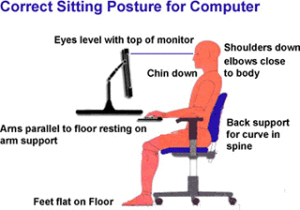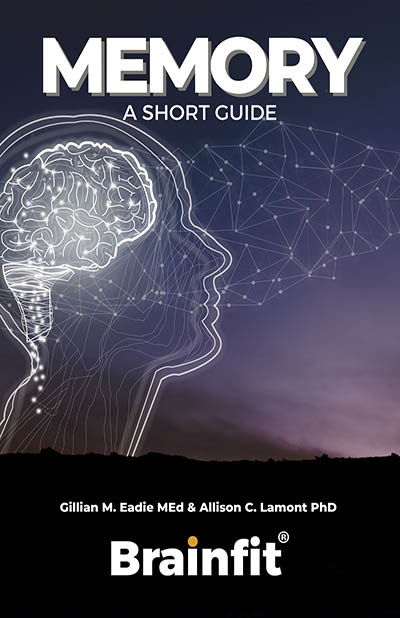 Are you spending more and more time at your computer?
Are you spending more and more time at your computer?
Take action on this memory strategy.
Do you know what is happening for your body as you sit there?
Every second of every minute, your nervous system (and all of its 15 billion nerve cells) is sending millions of signals to and from your server (brain) out to your network (body).
This amazing bundle of cables is protected by your spine.
Are you sitting upright?
If not, then the signals carrying the information doesn’t get through as well.
Your body is affected.
And so is your memory.
Your spine relays data back to your brain every time you move any of your 74 joints.
Your spine tells your brain where you are (just like a GPS).
This signalling system also tells your brain you how you feel.
When you move and exercise you feel energetic and motivated.
BUT, when you slump over a keyboard, inactive, you feel tired and inattentive;
these are the ENEMIES of a sharp memory.
Why is this a memory strategy?
Posture and flexibility are powerful tools that can change the way you think, feel and operate.
Here are THREE STRATEGIES to improve your posture:
Strategy #1
- Stretch your shoulders back
- Neck back
- Tuck your chin in and relax.
If you are standing with an ideal posture, your ear should line up with the tip of your shoulder, your hip and your ankle. Remind yourself to be vigilant by placing a post it note on your computer screen saying, ‘sit up’.
Strategy #2
You can also try this modified Brueggers exercise:
After approximately 30min of being seated your postural muscles switch off. The following stretch will help turn them on again.
- Sit up straight on the edge of your chair and push up off the balls of your feet as if you are about to sit up.
- Then imagine there is a piece of string pulling your head up to the roof
- With your arms out by your side roll your hands out and stretch your arms back
- Take three big breaths then relax and see how you feel.
Repeat this every 30min while you’re seated.
(Watch a video of Brueggers exercise)
In the beginning you may feel you are sitting or standing ‘too straight’. Don’t worry, you’re not; it will just take time to get used to this new feeling.
Strategy #3
Perception is everything – or ‘seeing is believing’.
Have a friend use your phone to take a photo from the front then from the side. These are the ‘before’ photos. Then use the simple techniques above and retake the photos straight away.
Which looks better, which photo looks happier and more confident?
Who would you do business with?
Find out more Brain and Memory Foundation Memory Strategies.
Source: Dr Joel Taylor of Mt Eden Chiropractic.




